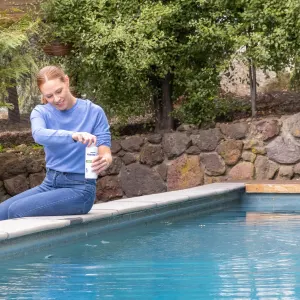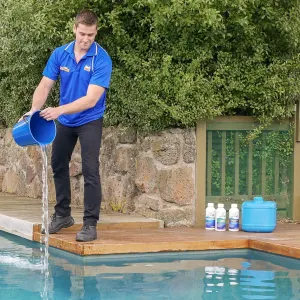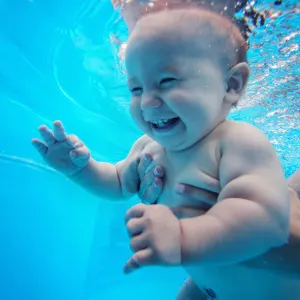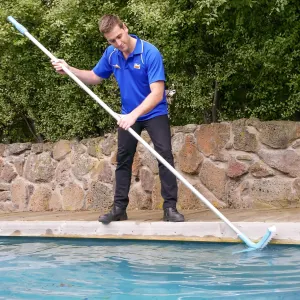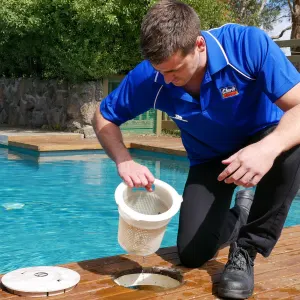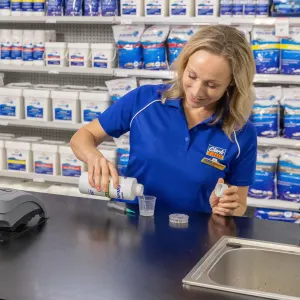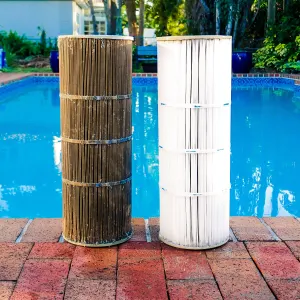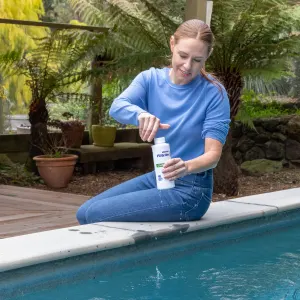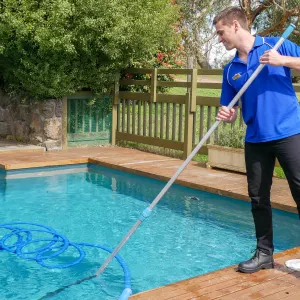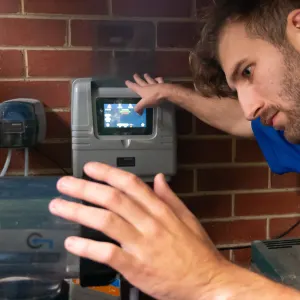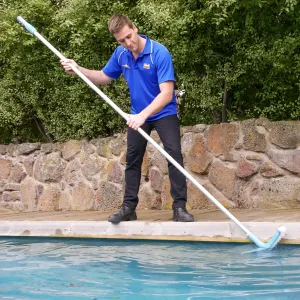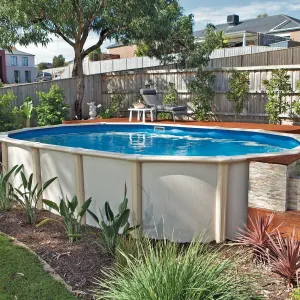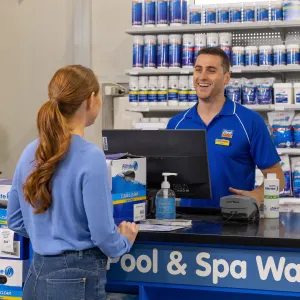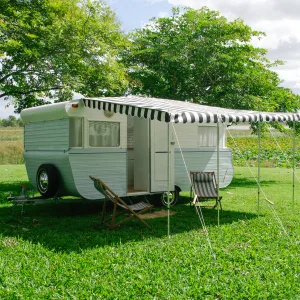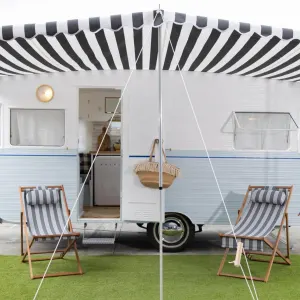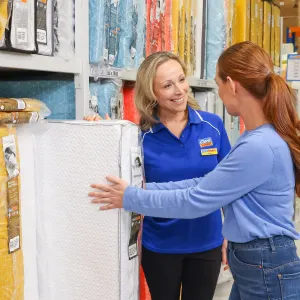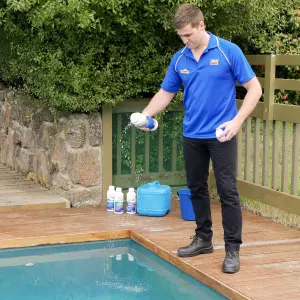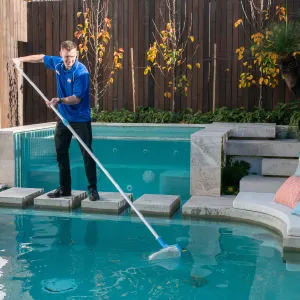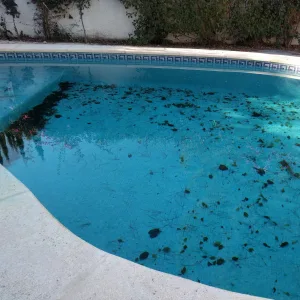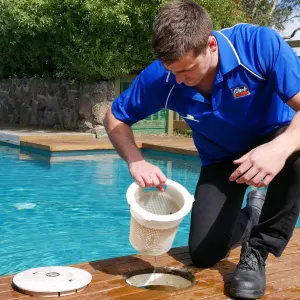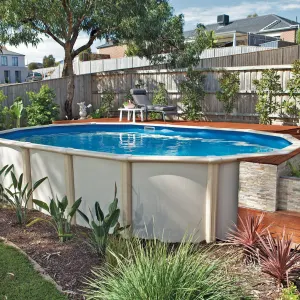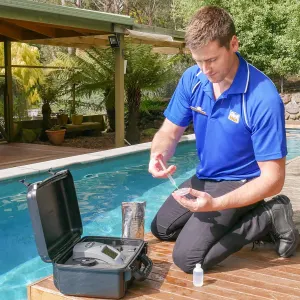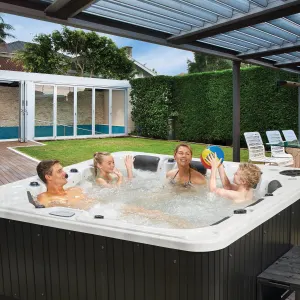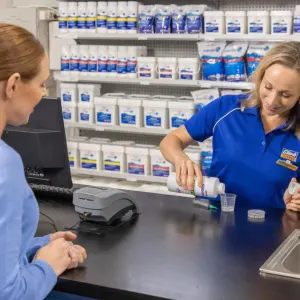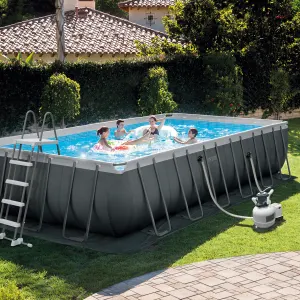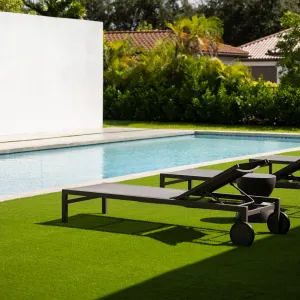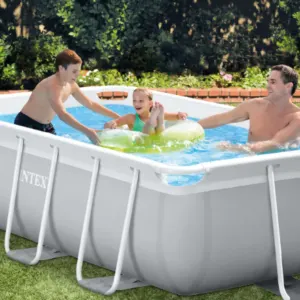What You Need To Know About Automatic Pool Cleaners
By Clark Rubber | 17th October, 2019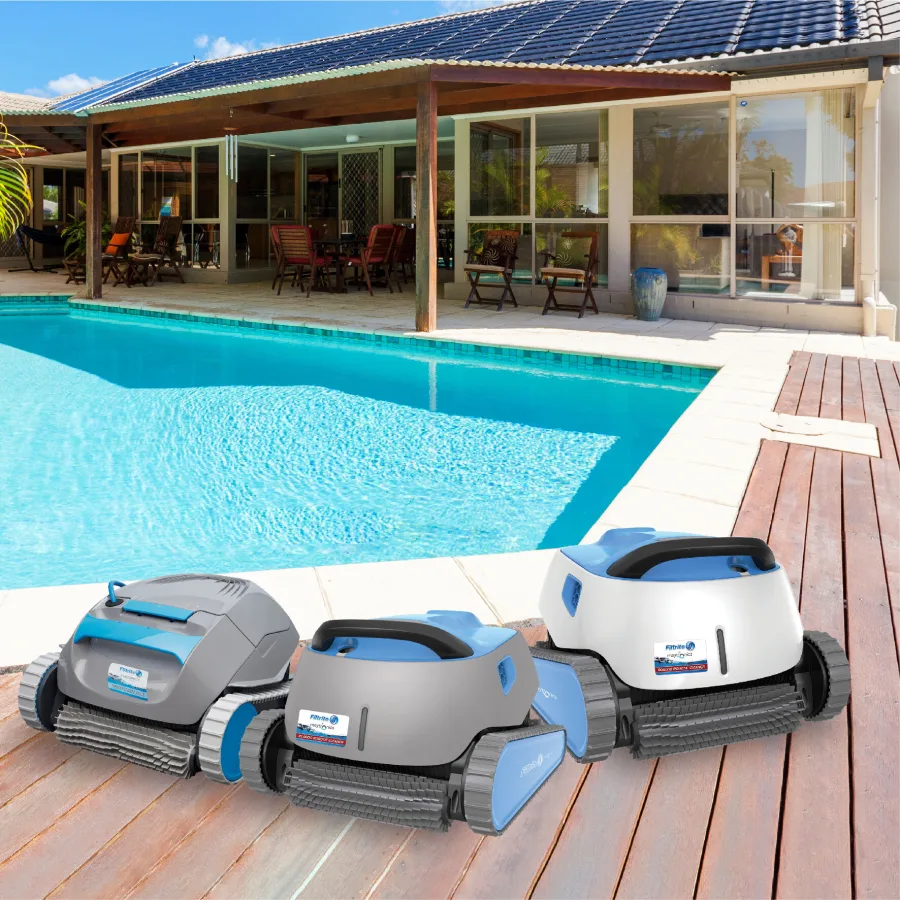
Collecting dirt and debris from the floor of your pool is a tiresome job, and cleaning your pool can be time consuming and inconvenient. Automatic pool cleaners can take a significant amount of effort out of your ongoing pool maintenance. These handy devices come in many shapes and sizes to suit almost kind of pool.
With pool cleaners it’s important that pool owners understand that it’s “not a one size fits all” approach to selecting a pool cleaner. These days’ pools come in all sorts or shapes, sizes and surface materials so that needs to be considered.
Clark Rubber is sure to have the perfect automatic cleaner to suit your pool maintenance needs. Before you go ahead and purchase one, here's what you need to know. Read on for the basics of how automatic pool cleaners work, which kind will work for your pool, and how to maintain one.
Automatic pool cleaners; the basics
For automatic cleaning an in-ground or above ground pool, there are typically two common types used by pool owners; the Suction Cleaner and the Robotic Cleaner.
A typical suction cleaner -

A typical robotic cleaner -

Suction Cleaners:
Suction Cleaners rely on the pump's suction to drive the cleaner around the pool. They connect to the pump via your pool's skimmer box with a long hose, and use the suction created by your pool's pump to power a flow valve or a mechanical wheels. They then act like a mobile vacuum cleaner, roving around the bottom of your pool picking up loose dirt or debris.
There are many types of suction cleaners available; some that clean floors only, and some models that will clean the walls as well. Some can collect only light debris while others are designed to pick up larger leaf debris and even gum nuts.
Suction cleaners do require some set up by the user. This generally involves connecting the hoses, assembling the cleaning unit, adding hose weights, and calibrating the correct flow through the cleaner. Doing this properly will ensure the cleaner is operating optimally in your particular pool.
Suction cleaners commonly come in two types; a "pulse" design or a "mechanical" design.
Pulse Cleaners (recognisable by the round scrubbing seal) use a "pulse" to propel the cleaner around the pool. The pulse is provided by either a flow valve wedge hammer, or a a diaphragm valve. In either method, the pump's suction is continuosly, and intermittently blocked and opened, creating the driving pulse. These suction cleaners then move randomly around the pool using the round scrubbing seal and sole to scour the pool floor and collect debris along the way. This type are generally suitable for all pool surfaces but are best suited for small to medium sized pools and low to medium dirt and debris loads.
The flow valves in the pulse suction cleaners are the main moving and wearable part in the cleaner and will require replacements from time to time. This is easy and inexpensive and the replacement valves can be purchased at your local Clark Rubber store.
The other type of suction cleaner is the "mechanical" type, which uses pump suction to drive turbines inside the unit. These turbines then use gears to turn wheels or tracks that drive the cleaner around the pool. The advantage of mechanical cleaners is that the gears also allow the cleaner to rotate and change directions, meaning the cleaner can get better coverage of the pool, and is less likely to get stuck in sections of the pool. The wheels and tracks give the cleaner the capability to climb walls and sometimes even steps. Mechanical suction cleaners therefore have a more programmed cleaning pattern around the pool and are generally better for larger types of debris like leaves.
 Pictured - Zodiac AX20
Pictured - Zodiac AX20
Robotic Pool Cleaners:
The latest technology in automatic pool cleaners are the robotic type. These are electric powered with on-board computers. They are more intelligent than traditional cleaners and have special digital programming and timer functions that provide really thorough cleaning. Robotic cleaners have been designed to be easy to use, to provide a great clean on all common pool surfaces, and to run independently of the pool pump which can be a real advantage. They also consume very low power so they can be a very efficient way to clean your pool.
There are a range of models of robotic pool cleaners from basic floor cleaning models up to feature-packed models that clean the walls and along the waterline and can be managed with a smartphone App. Now there are even cordless, battery-powered models that are free to roam around the pool, unhindered by a cable which may be unsightly to some pool owners.
Robot cleaners include on-board filters so the dirt and debris they capture doesn’t go through the pool’s filtration system, and the filters are really easy to remove and clean. They are very fast and simple to set up and operate which makes them very popular with owners. If you have a vinyl-lined above ground modular pool, there are even "floor only" models that are perfect for maintaining these pools.
As we look towards a more sustainable future, today’s robotic pool cleaners are leading the way. Testing and research shows robotic pool cleaners use a lower amount of energy compared to other types of automatic pool cleaners such as suction cleaners.
Robotic pool cleaners are self-sustainable and don’t rely on your pool’s filtration pump to generate power. This leaves your pool pump free to run at optimal low speeds for greater energy efficiency.
Whilst they use less energy themselves, they also help your pool’s filtration system work more economically as they clean.
For example, a Filtrite robotic pool cleaner uses only 0.18kW input power compared to a common pool pump which will use around 0.75 to 1 kW per hour. Compared to a 1kW pump that’s an energy saving of around 83%. So if you consider, say a 2.5 hour cleaning cycle running most days of year, the power savings really add up.
The Swimming Pool and Spa Association of Australia has a nationally recognised Climate Care Certification program that acknowledges and certifies products, systems, pools and spas, as well as services that demonstrate environmentally-friendly operation to save energy and water and reduce noise. Maytronics robots are certified under this program for their low power consumption and ability to reduce water wastage. Read more about the Climate Care program here and view our list of certified products.
What to look out for with an automatic pool cleaner
Ensure that you are buying a reputable brand of pool cleaner that is backed up by service, warranty and support and that has spare parts readily available from the supplier. Ensure that you compare the features and the capabilities of various models so that you are informed and aware of the advantages and limitations of different cleaners.
The type of automatic pool cleaner you need will depend on:
- Pool size and shape
- Pool surface
- Debris size
- If you need the walls cleaned
- Your budget
Clark Rubber recommends that you visit your local pool store to discuss your particular needs and to get advice on the right cleaner for you, your pool and your budget.
There are many different types of automatic pool cleaners to choose from and Clark Rubber has a large selection of models to choose from, by Australia’s biggest and best brands.
Get in touch with your local store if you have any questions.
